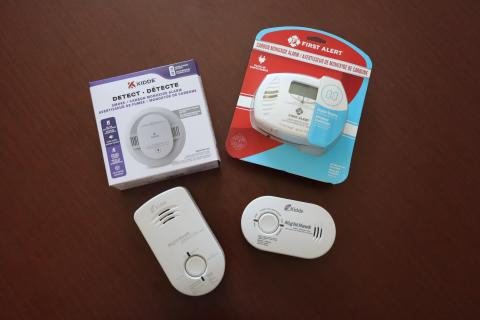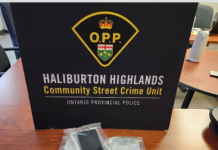Tiny Fire is launching an education campaign regarding carbon monoxide (CO) awareness to provide residents with information about changes to the Ontario Fire Code that mandates additional carbon monoxide alarms be installed in homes that have a fuel burning appliance, fireplace, or attached garage.
The education campaign intends to draw attention to the importance of having working CO alarms to protect against what is known as the “silent killer”.
“Carbon monoxide is a tasteless, odourless, and colourless gas that is emitted by fuel burning appliances and vehicles. Without proper ventilation, these gases can back-up into homes without people knowing and can be fatal in worst-case scenarios,” said Director of Fire and Emergency Services/Fire Chief Dave Flewelling. “Working CO alarms are just as important as having working smoke alarms, and we hope this campaign will ensure all of our residents protect themselves and their families by having both”.
Ontario Regulation 87/25 (O. Reg. 87/25) made under the Fire Protection and Prevention Act, 1997, makes changes to the Ontario Fire Code (O. Reg 213/07) that includes additional carbon monoxide detector requirements.
What are the Changes?
As of January 1, 2026, all residential occupancies (homes, apartments, etc.) that have a fuel burning appliance, fireplace, or attached garage, must have:
- a carbon monoxide alarm adjacent to each sleeping area, and
- a carbon monoxide alarm on each storey without a sleeping area (on every floor).
“This safety enhancement to the Ontario Fire Code emphasizes the importance of having working carbon monoxide alarms to protect everyone in your home,” said Mayor David Evans. “If you have questions, I encourage you to reach out to our Fire Department that can help you navigate these changes. Tiny Fire continues to offer free in-home fire safety inspections which can be used to help residents better understand where to install carbon monoxide alarms or find potential safety hazards and information on how to fix them”.








